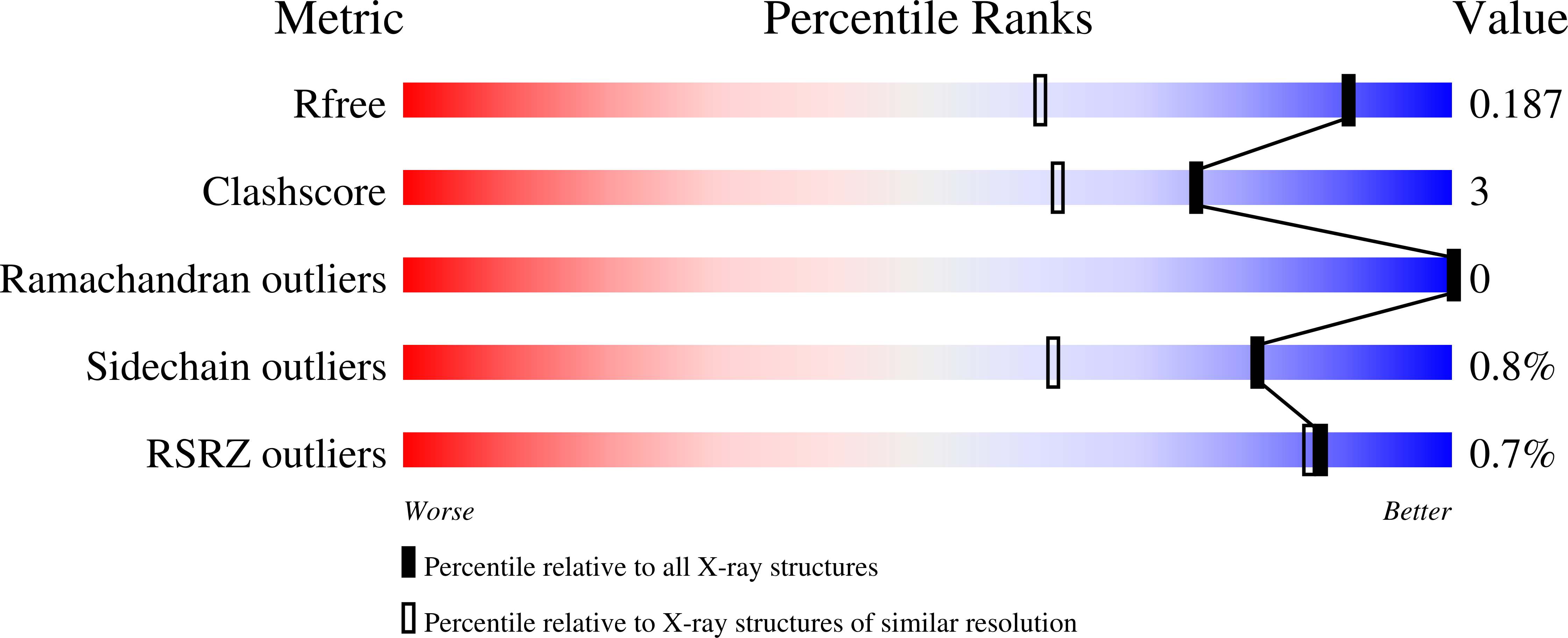
Deposition Date
2019-11-13
Release Date
2020-11-18
Last Version Date
2024-01-24
Entry Detail
PDB ID:
6TF7
Keywords:
Title:
Human galectin-3c in complex with a galactose derivative
Biological Source:
Source Organism:
Homo sapiens (Taxon ID: 9606)
Host Organism:
Method Details:
Experimental Method:
Resolution:
1.40 Å
R-Value Free:
0.18
R-Value Work:
0.13
R-Value Observed:
0.13
Space Group:
P 21 21 21


